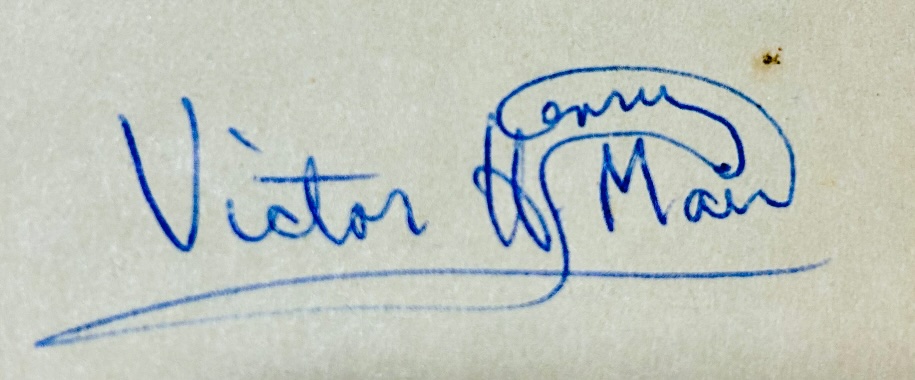The Power of Naming
[This is a guest post by Conal Boyce]
Overview: Here we look at some technical terms and how they’ve fared since their release to, or adoption by, the public: information theory; (TW) the colored quarks of Nambu and Han; cosmic‑ray decay according to Millikan; the Sinitic languages (Mair) vs. ‘the Chinese language’ (misnomer); Wu’s cosmic chirality as the violation of a nonNoetherian principle.
① information theory is the mother of all factoids. Why would one call it that? Because there is no such thing, only the following phantom utterance that is ubiquitous: “Shannon’s information theory.” In 1948, Shannon wrote a paper on the mathematics of data‑communication technology, and named it accordingly. Put off by its name, science journalists introduced it to the world as “information theory.” The name stuck, suggesting in the minds of innocents something so deep and epochal that it might even shed light on Mozart. Shannon 1948 is the big example of how of data and information have been confounded for 3/4 of a century, but it is accompanied by innumerable smaller cases, as when Susskind argues that “in physics we treat them as pretty much the same thing” (paraphrase; details in Appendix A). Here is a rough‑and‑ready demonstration of how different they actually are: “Go.” ←That’s just data, but place it in a context, and a layer of information now “rides on it” (or floats above it, on a different plane) such that this is conveyed: “Go to the store now before it closes”; or this: “Fly now to Hiroshima and drop the bomb.” True, in shop‑talk and hallway conversations, a database developer or data‑comm engineer might toss the terms data and information around as if one believed them to be interchangeable. Then, overheard by someone in the world at large, such casual usage is easily misconstrued, leading astrophysicists to fret in public over the “information” that might be “lost” in a black hole. (As for an actual Theory of Information, we must wait for a superintelligent computer to produce it since that task is far beyond human ability. And once coughed up, it will be so lengthy as to require several lifetimes to read it, and in any case, largely incomprehensible to us.)
Read the rest of this entry »


